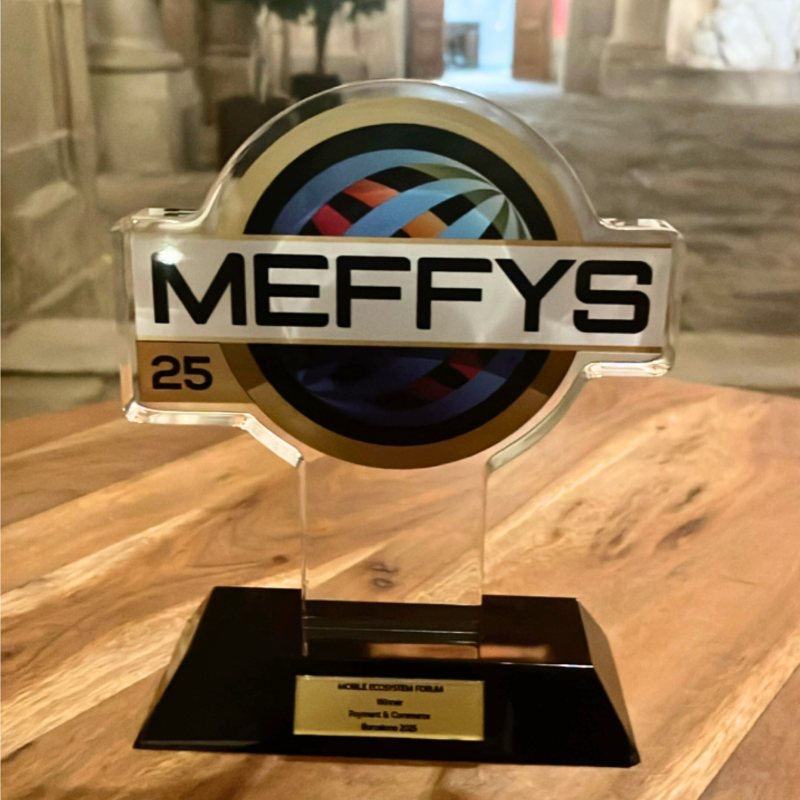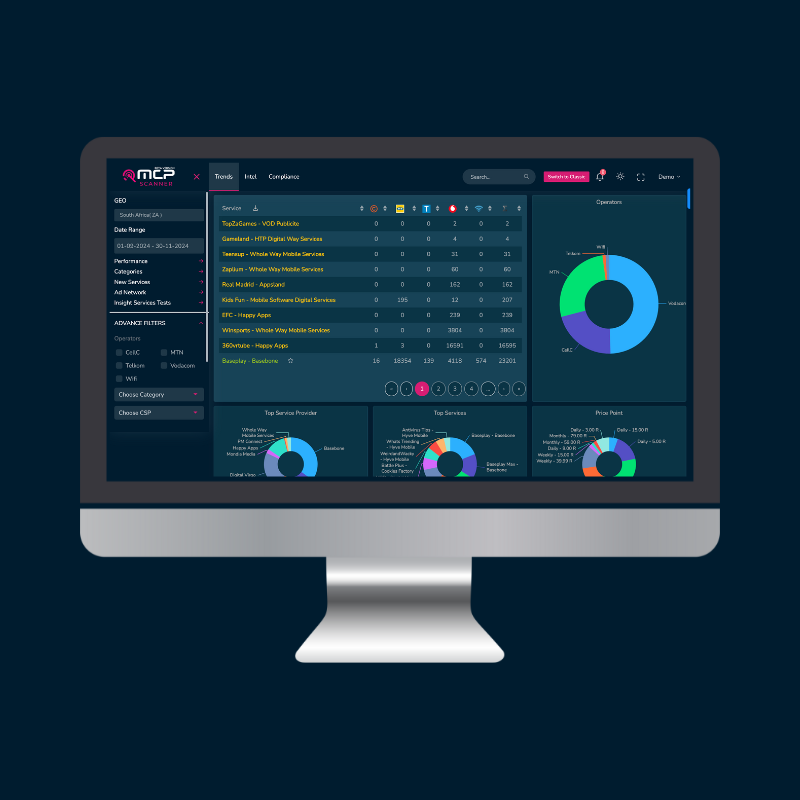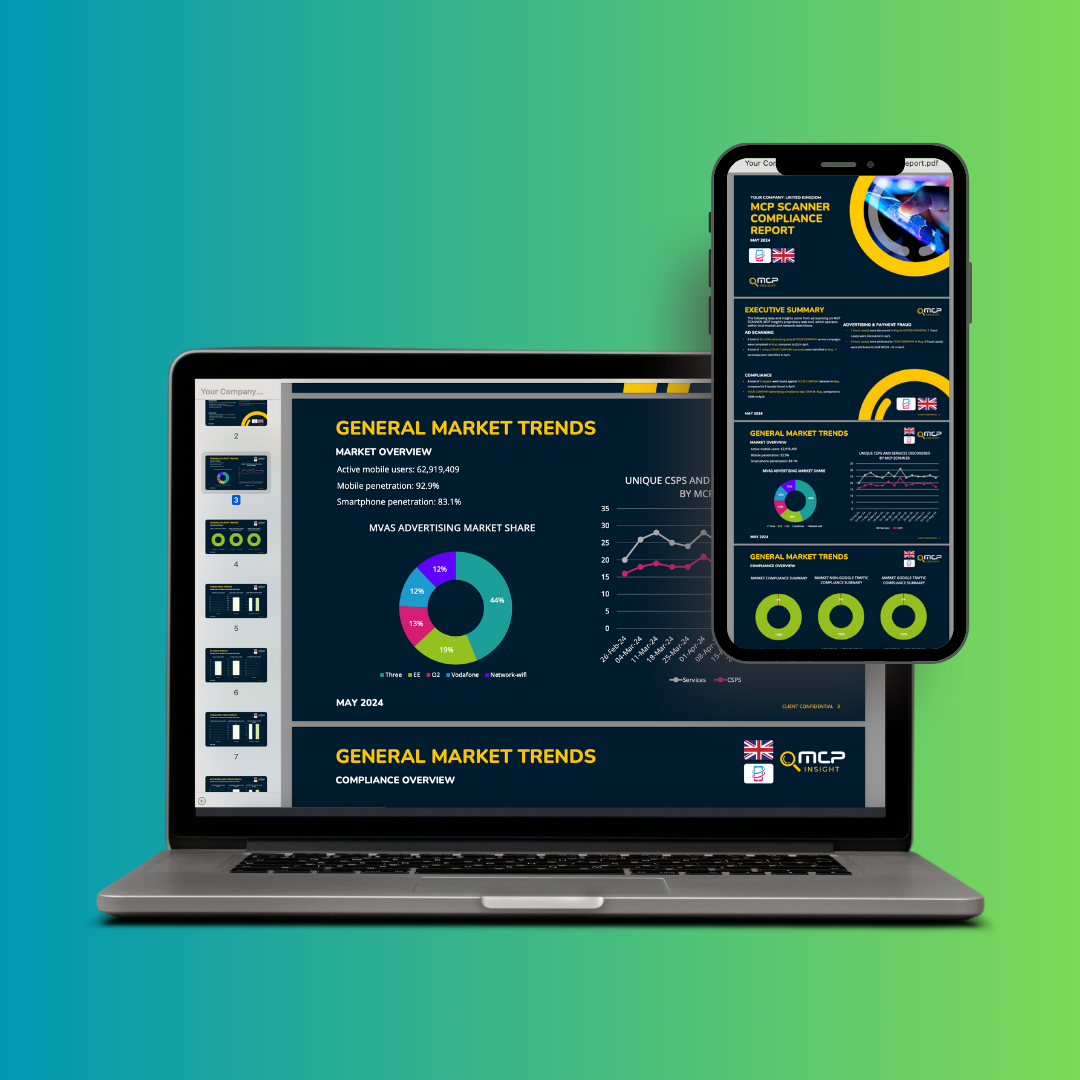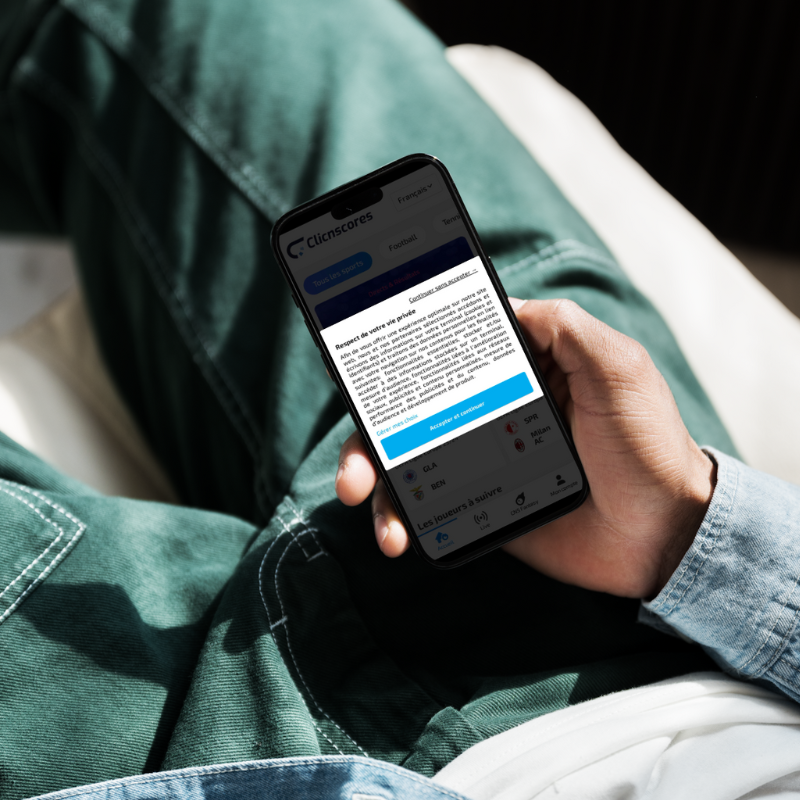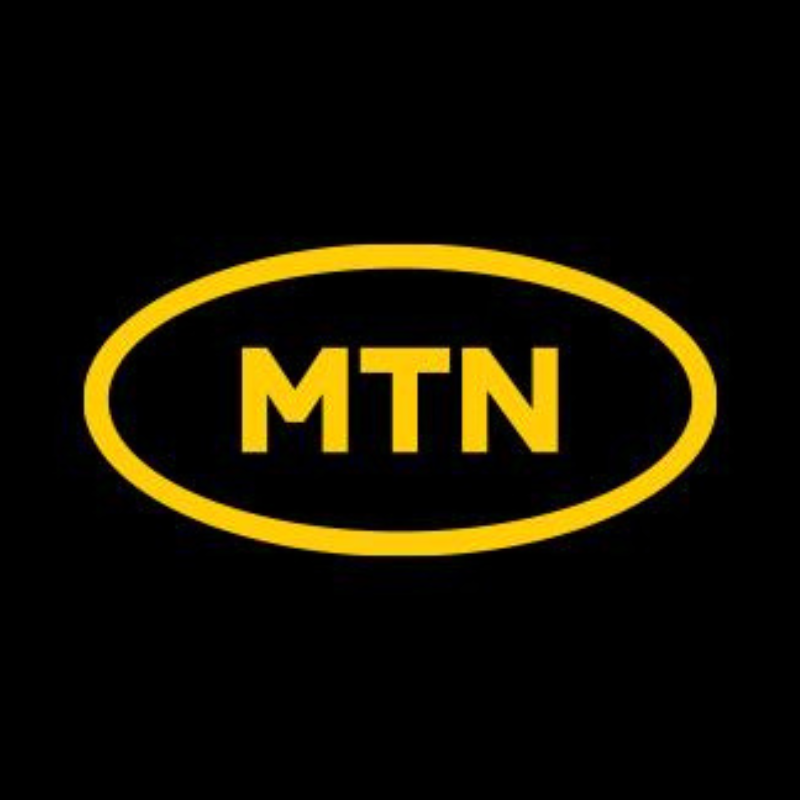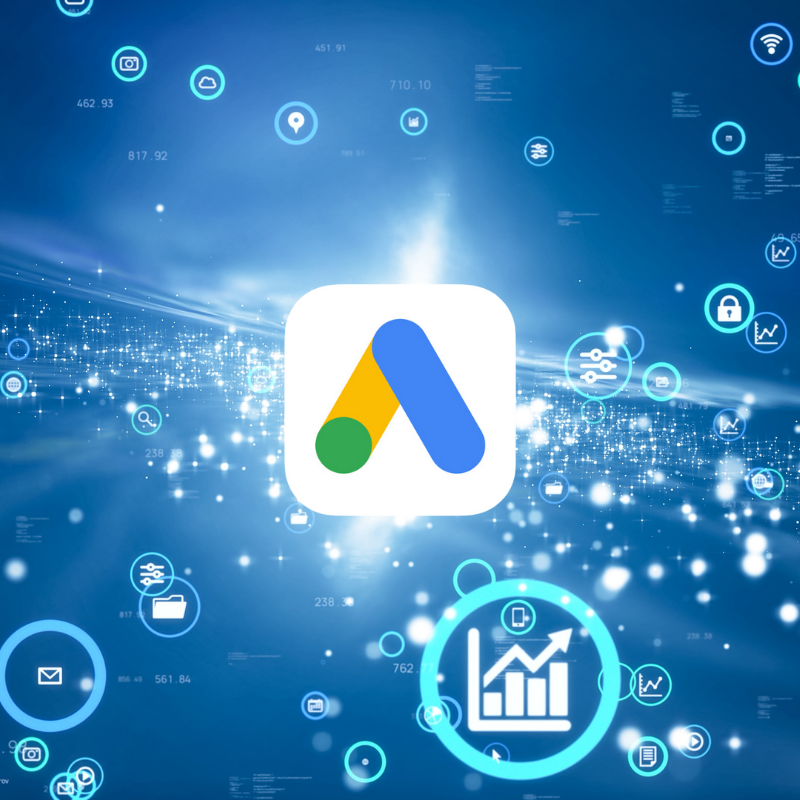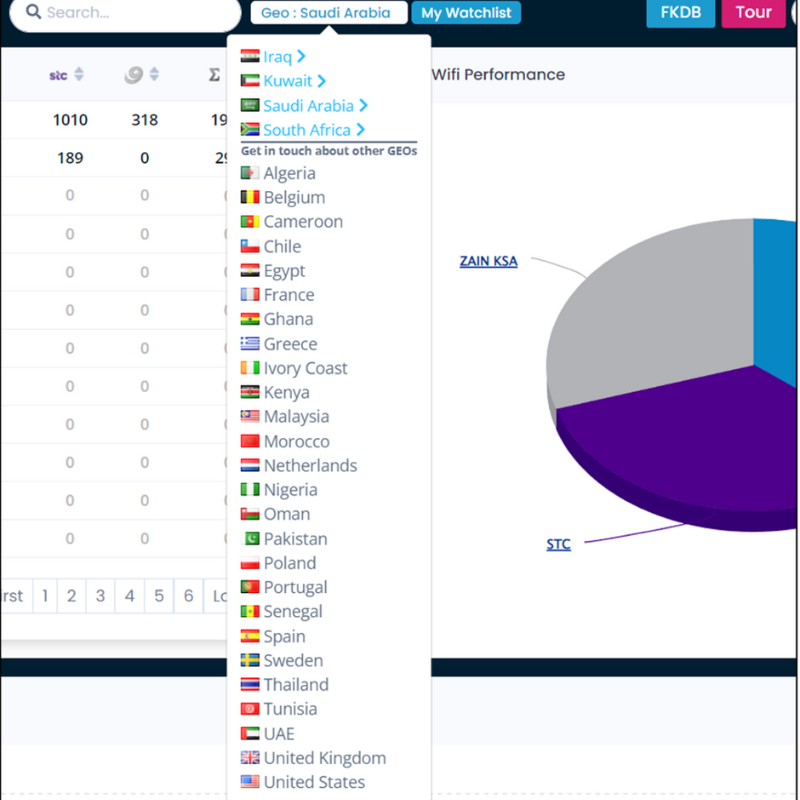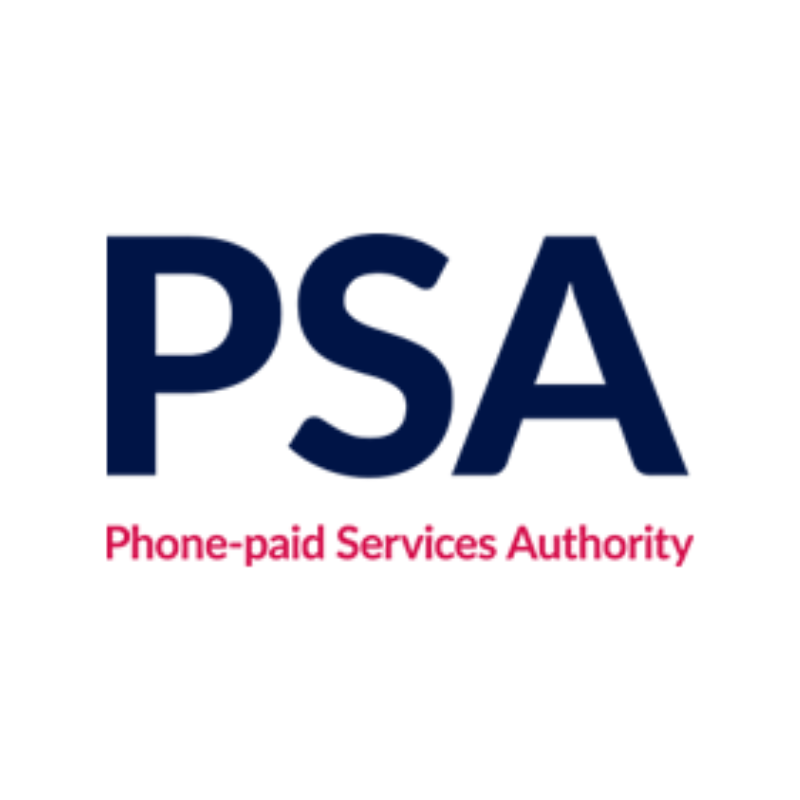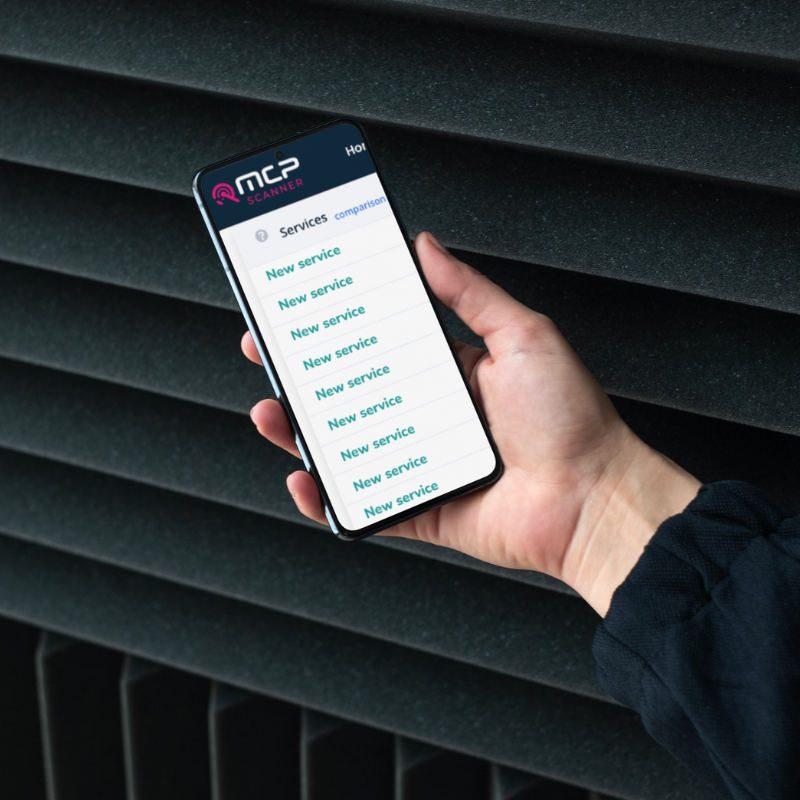Google Responsive Display Ads (RDA) are a mainstay of most Content Service Provider’s marketing strategies in the mVAS space. However, in recent years we have noticed an issue that threatens to disrupt this vital traffic source.
Google Responsive Display Ads: Misleading Placement?
Picture this. A consumer scrolls through their favourite mobile app or website and sees an ad banner that appears to relate to the app or site. Perhaps they’re on a travel app and assume the Call to Action (CTA) button in the ad will give them a discount on the app. Or they’re browsing a publisher site when an RDA promoting a new game appears alongside an article. Due to its size and placement, it may be unclear there’s a distinction between the ad and the surrounding content, and the consumer clicks believing it’s part of the article.
The consumer is then redirected to the service landing page and, in most cases, realises they have clicked an unrelated link. In a small number of cases, they may unwittingly subscribe to an unwanted service. This can result in unsubscribes, refund requests and complaints to the mobile carrier or merchant. Sometimes complaints go straight to the regulator.
Everyone suffers:
- Poor Customer Experience: Consumers may be frustrated that they’ve inadvertently navigated away from the app or website, and that the banner doesn’t relate to the organic content. This can damage consumer trust in the advertised service and the mVAS sector.
- Wasted Resources for CSPs: A poor customer experience translates into high bounce rates, low conversions, wasted ad spend and a reduced return on investment (ROI).
- Reputational Damage and Regulatory Scrutiny: Consumer complaints can damage a CSP’s reputation, potentially leading to service discontinuation by MNOs or even regulatory intervention.
- Increased Customer Care Burden: A surge in complaints can strain the MNO’s customer service resources and damage its reputation with customers.
And, if regulatory authorities get involved, this traffic source could be severely disrupted, impacting everyone in the mVAS ecosystem including Google.
What Causes These Issues and Complaints?
At the heart of this predicament lie two interconnected problems:
- RDA Configuration and Placement:
To be dynamic, Google Responsive Display Ads are created using a limited number of elements (headlines, logos, images and descriptions). Google’s AI automatically resizes and arranges the uploaded assets (images, text) to fit various ad placements on approved publisher websites and apps. CSPs must ensure mandatory compliance elements (stipulated by the MNO) are within a safe zone in the banner ad, but lack full control over the final presentation. On smaller ad placements, cramming these elements (up to 5) into the safe zone can significantly reduce their legibility.
The placement of the ad can also cause confusion. It may not be clear there is a distinction between the ad and other native content on the page. With limited control over what’s displayed and where, CSPs cannot be certain that their ad campaign won’t be confused with other content on the app or website.
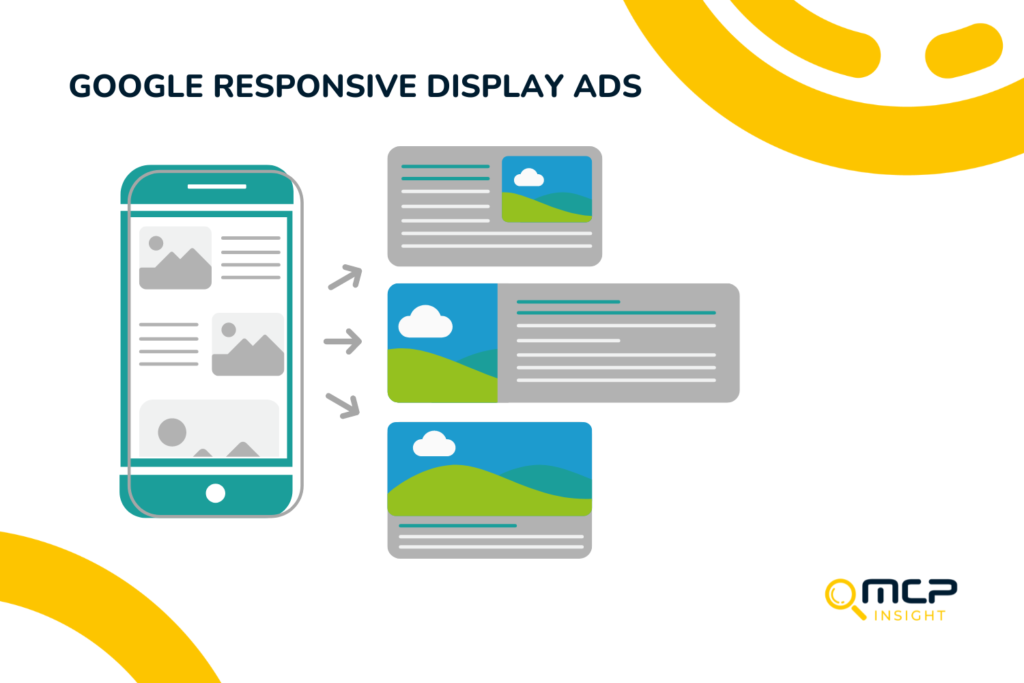
- Unscrupulous Publishers
Some publishers are exploiting Google and CSPs to generate revenue from clicks by building and engineering their sites to optimise conversion of banners. They intentionally position or design their website/app content in a way that makes it difficult for users to distinguish between the ad and native content, leading to accidental clicks. They may also leverage sponsored ads to drive visitors to their site and then social engineer consumers into clicking on unrelated links.
While CSPs can exclude known untrustworthy domains from their Google Responsive Display Ads campaigns, new publisher sites go live every day. Moreover, excluding multiple domains can have a negative impact on customer acquisition costs, increasing your CPC, CPA and CPM.
Is This a Compliance Issue?
We don’t think so. To our knowledge, in most cases where consumers have complained about an mVAS RDA, the CSP has complied with the MNO’s code of conduct, Google Ad Policies and industry regulations. The issue arises from the limitations of the ad format itself or bad actors, not a deliberate attempt to circumvent these guidelines by the CSP or advertiser.
For that reason, we need to work as an industry to find a solution that allows CSPs and their advertising partners to leverage the Google Display Network without being penalised by MNOs or facing increased regulatory constraints due to consumer complaints.
To this end, we are working with our partners in the mVAS ecosystem, exploring ways to protect consumers and ensure a positive experience for all. Together we must find a solution that protects the health of the entire mVAS ecosystem, including the valuable revenue stream it generates.
We’re actively building a network of stakeholders committed to a secure and sustainable mobile payments ecosystem. Would you be interested in attending a future industry roundtable where we can discuss these issues further? Let us know by getting in touch here.







